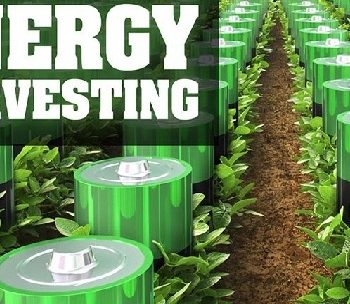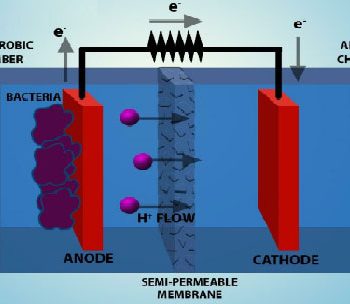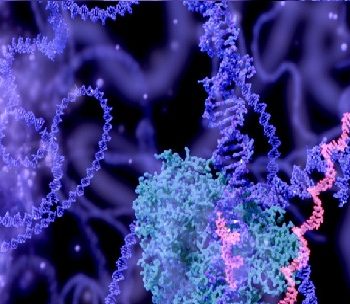A fiber optic sensor is a sensor that uses optical fiber either as the sensing element (intrinsic sensors), or as a means of relaying signals from a remote sensor to the electronics that process the signals (extrinsic sensors). Fibers have many uses in remote sensing. Depending on the application, fiber may be used because of...

Energy harvesting materials for use in operating low power electronics have been an active area of interest for decades. Researchers introduced a methodology for determining the feasibility of in situ energy harvesting as a viable power source for a given low-power system and demonstrated that energy harvesting is an excellent way to extend the lifespan...

Artificial Extracellular Matrices
For several decades, both synthetic and natural materials have been explored for use as scaffolds in tissue engineering. Artificial extracellular matrices (aECMs) are an extension of biomaterials that were developed to provide a model environment for tissue cells in-vitro that mimic the native surroundings of the target tissue in vivo. Over the years, the use...

In recent years the use of energy is an important topic. Defectiveness in consumption of fossil fuels as an energy source induces searching to cleaner and more efficient fuels. One alternative source in energy is BFC. BFC is a subclass of fuel cell and a suitable contribution to facility the future of power generation. It...

Shape-memory materials (SMMs), also sometimes known as smart materials, are distinguished by their capacity to recover a predetermined shape after a remarkable mechanical deformation under different alterations such as temperature. SMMs have been extensively developed and applied in smart structure technology. The term “memory” refers to the ability of SMM to regain the trained shape ...

The perovskite solar cells technology is evolving, so many researchers focus on solving their challengs. There are some problems in perovskite solar cells technology such as stability and efficiency. Scientists introduced difference way for solving these challenges and various structures were come to the world. The new millennium began with a sharp increase in research...

Research and Development (R&D) initiatives in genetic engineering sector during last two decades have led to the emergence of a new generation gene editing (GE) technology, “Clustered Regularly Interspaced Short Palindromic Repeats (CRISPR) along with nucleases”. CRISPR is a natural defense system unique to bacteria and archaea that aids in resisting invasion of viruses or...

The “Blockchain” is one among the most exalted technology today which has a pervading impact on all industries, specifically in Banking and Financial Services. Blockchains are transparent and decentralised methods of recording lists of transactions and have become famous as the technology behind digital currencies such as Bitcoin. The idea of Blockchain was born in...

The decline in the fuel reserves, population growth and high living standards of the urban class have led to an energy crisis and an enormous increase in the demand and cost of the fossil fuels. The US Energy Information Administration (EIA) has predicted that the global fuel consumption mainly liquid fuel, will rise from 86.1 million...

The decline in the fuel reserves, population growth and high living standards of the urban class have led to an energy crisis and an enormous increase in the demand and cost of the fossil fuels. The dependency of world energy on conventional fuels such as petroleum-based products, coal, and natural gas has elevated to two-thirds...







